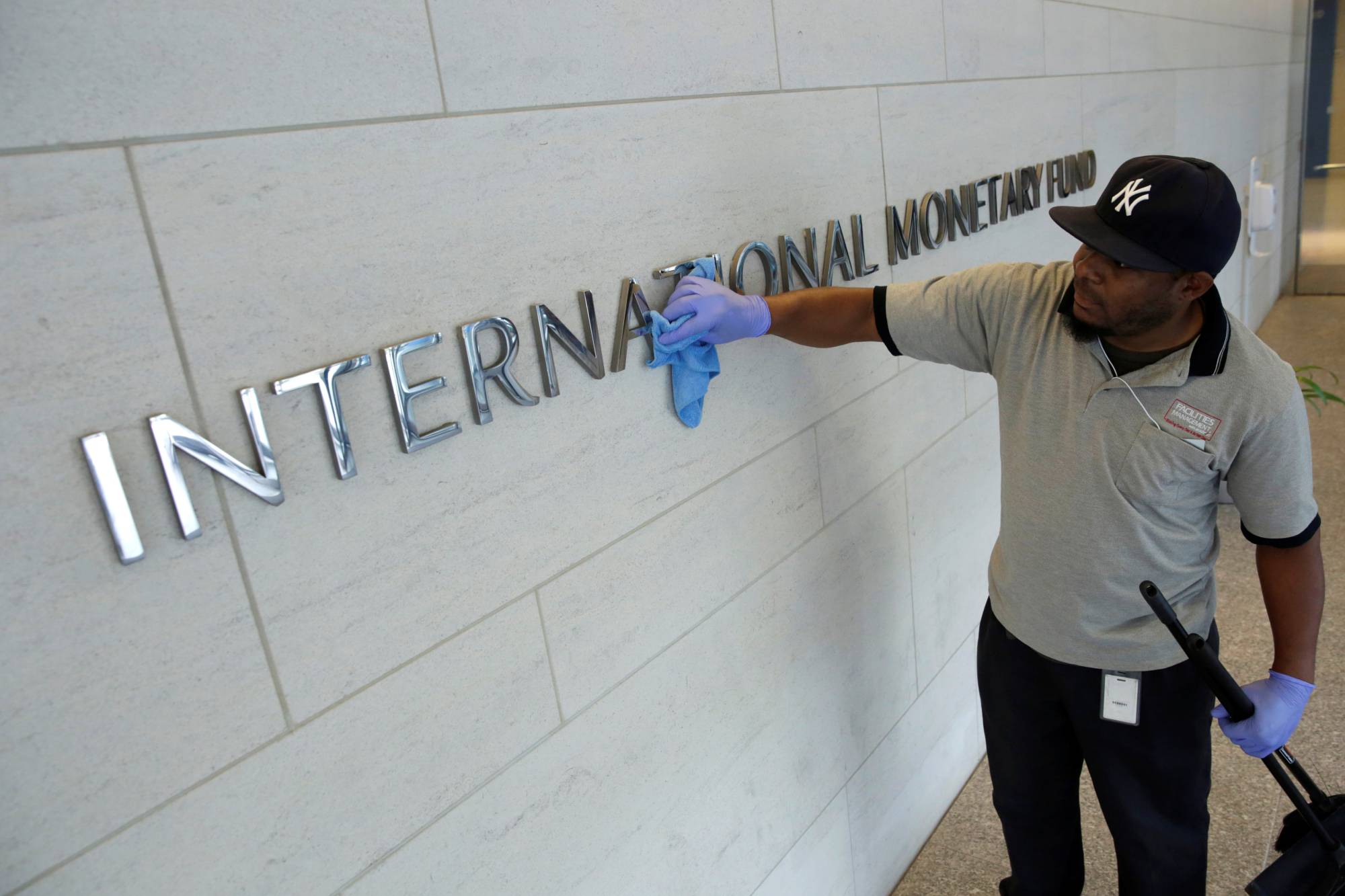After the 2008 global financial crisis, the world seemed ready to undertake meaningful reform of the international monetary system.
But the promised structural changes never happened. And the recent spring meetings of the International Monetary Fund and the World Bank indicated that the current bout of global economic upheaval will similarly fail to spur transformation.
When the 2008 crisis rocked the global financial system, policymakers took radical action to stabilize it. Beyond government bailouts of distressed banks in the United States, the epicenter of the crisis, liquidity was expanded substantially through large-scale quantitative easing and foreign-currency swaps by central banks. The international monetary system’s legitimacy was bolstered by the expansion of decision-making from the Group of Seven to the Group of 20.



